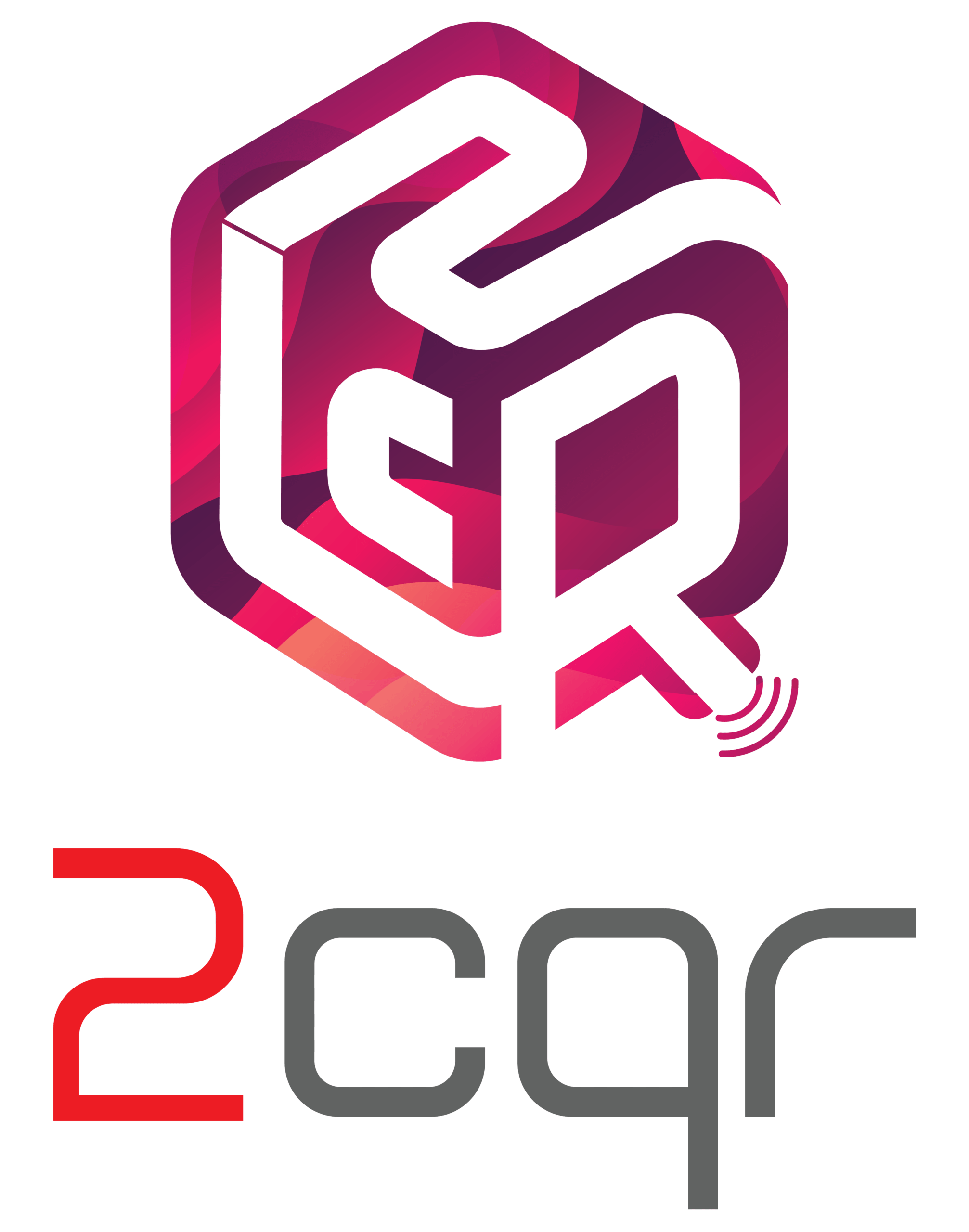Overview
RFID readers are positioned at important locations throughout the warehouse or retail shop, such as entry/exit points, shelves, and the checkout counter, to scan RFID tags. These RFID scanners generate radio waves that interact with RFID tags to gather information about nearby items. The RFID readers transmit the collected data to a central system, such as a computer, where it is processed and stored in a database.
The database's data can be analysed and utilised for real-time inventory management. This includes tracking item movement, monitoring stock levels, generating reports on inventory status, and setting automatic reorder alerts when stock levels fall below a predetermined threshold.
RFID technology improves inventory management accuracy and efficiency, optimising supply chains and lowering costs. In addition, RFID stock control devices can provide valuable insights into inventory usage patterns, enabling businesses to make informed supply chain decisions and improve overall operational efficiency.

